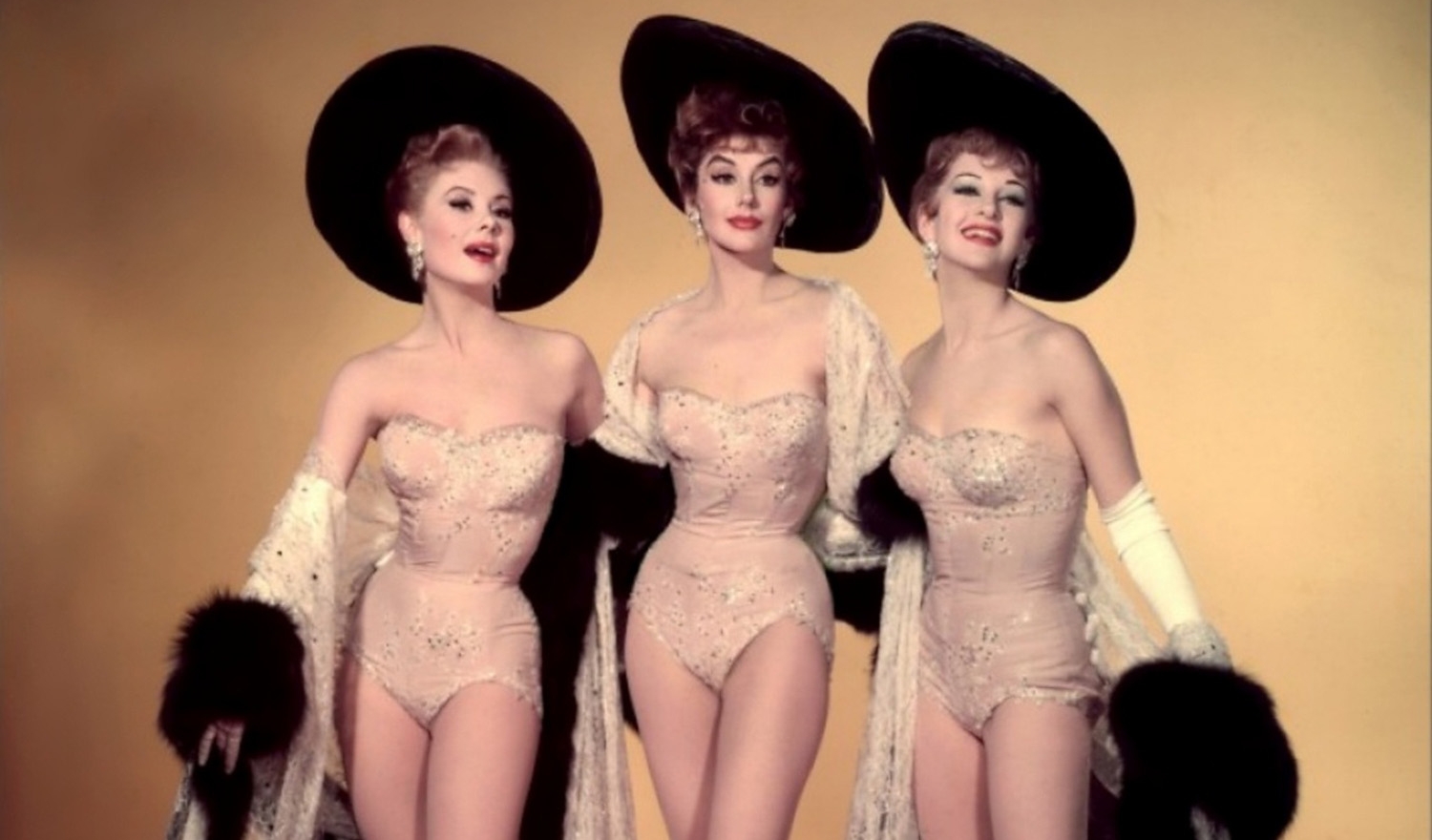Beat chats to ACMI curator Ulanda Blair about what surely must be her dream job. “It is really fun, I must say,” she says. “If nothing else, it’s a really different way of curating. It’s like being a detective, putting together an exhibition about someone who’s not alive.” (Orry-Kelly died in 1964). “We’re piecing together his life with objects that illustrate his history. He was so prolific and successful but there is so little known about him and very little previous research in Australia.”
Given that there is only one remaining family member, the process of tracking Orry- Kelly’s life hasn’t been easy, Blair reckons. “Janet Fowler unwittingly became the guardian of Orry-Kelly’s memoir,” she explains. “When her mother, who was Orry’s niece, died, she said to Janet ‘please don’t let this manuscript out of your sight.’ The manuscript was in a pillowcase and remained in a cupboard until Gillian Armstrong was making her film. A friend heard Gillian interviewed on Radio National and mentioned it to Janet who didn’t know where she had squirreled his memoir.” The publication of said memoir by Random House fits nicely with the exhibition (supported by the United States Consulate General Melbourne) and the release of Armstrong’s documentary which will be screened at ACMI to complement the exhibition.
Orry George Kelly came from the small NSW coastal town of Kiama, moved to Sydney then New York and went on to design costumes for a massive 285 films, three of which won him Oscars – a record unbroken until Catherine Martin overtook him in 2014. “This is the first time his Oscars have been exhibited,” notes Blair. Orry-Kelly won Academy Awards for An American in Paris (1951), Les Girls (1957) and Some Like it Hot (1959). He designed gowns for such famous movies as 42nd Street (1933), Jezebel (1938), The Maltese Falcon (1941), Casablanca (1942), Auntie Mame (1958), Gypsy (1962), amongst many others. He dressed Ginger Rogers, Bette Davis, Humphrey Bogart, Ingrid Bergman, Errol Flynn, Katharine Hepburn and Marilyn Monroe, to mention just a few of the legendary names he was associated with.
“Costume exhibitions are really tricky things in terms of conservation,” says Blair. “The costumes are fragile and expensive to conserve – we are working with a textiles conservator and with someone who is dressing the mannequins. The exhibition is a broad overlook showing Orry’s versatility and diversity, and we are being sensitive to his aesthetic and his fabulous use of colour.”
The exhibition is designed to reference the different styles and influences during the years Orry-Kelly worked in Hollywood and features five different segments, as Blair explains: “The first section is autobiographical; it traces his journey from Kiama to Sydney where he worked in a bank. It’s more of a traditional ‘museological’ type of display in duck egg blue and gray, with black and white photos of Kiama and paintings of Sydney in the 1920s. Orry-Kelly was determined to be an actor and started hanging out with the Sydney underworld, with pimps and prostitutes and pickpockets, and got in trouble. So he took that leap and got on a boat and ended up in Hollywood where he became both a set designer and costume designer.”
“We have an art deco area, we have a sparkly staircase from that golden age of Hollywood, faux columns, all the tropes from films of that era,” notes Blair. “There’s the Bette Davis segment, more of an intimate moment with a beautiful costume and a chandelier. They had a long collaboration and did over 40 films together. Bette Davis relied on him for her amazing character transformations; they were two fiery passionate personalities but they had a lot of mutual respect. The gowns, the staircase, it’s a beautiful scene like a painting. Orry spent 30 years in Hollywood. His aesthetic and sense of fashion changed quite a bit in that time and we reference that, we have bits and pieces from each period. The show stopper gown is The Mascara Dress worn by Betty Grable, a cream crepe strapless dress hand painted and hand sequinned with eyeballs. That dress is playful dramatic and fun. Hand-painting on fabric was one of Orry’s signatures as a designer, even before he became a costume designer he painted on neckties and silk shawls, that was an extra skill that he refined. His costumes are so diverse, he was such a versatile designer. We have ten original costumes including the dresses worn by Jack Lemon and Tony Curtis in Some Like It Hot. There’s an overlap between fashion and costume design – Warner Brothers put out a line of clothing designed by him, and they promoted him as someone who could provide fashion advice.” Blair has even able to unearth some old sewing patterns from that very range. Blair says she’s had a wonderful time seeing the old films again. “I haven’t been able to go to LA so I’ve been living that part of it vicariously.”
BY LIZA DEZFOULI

